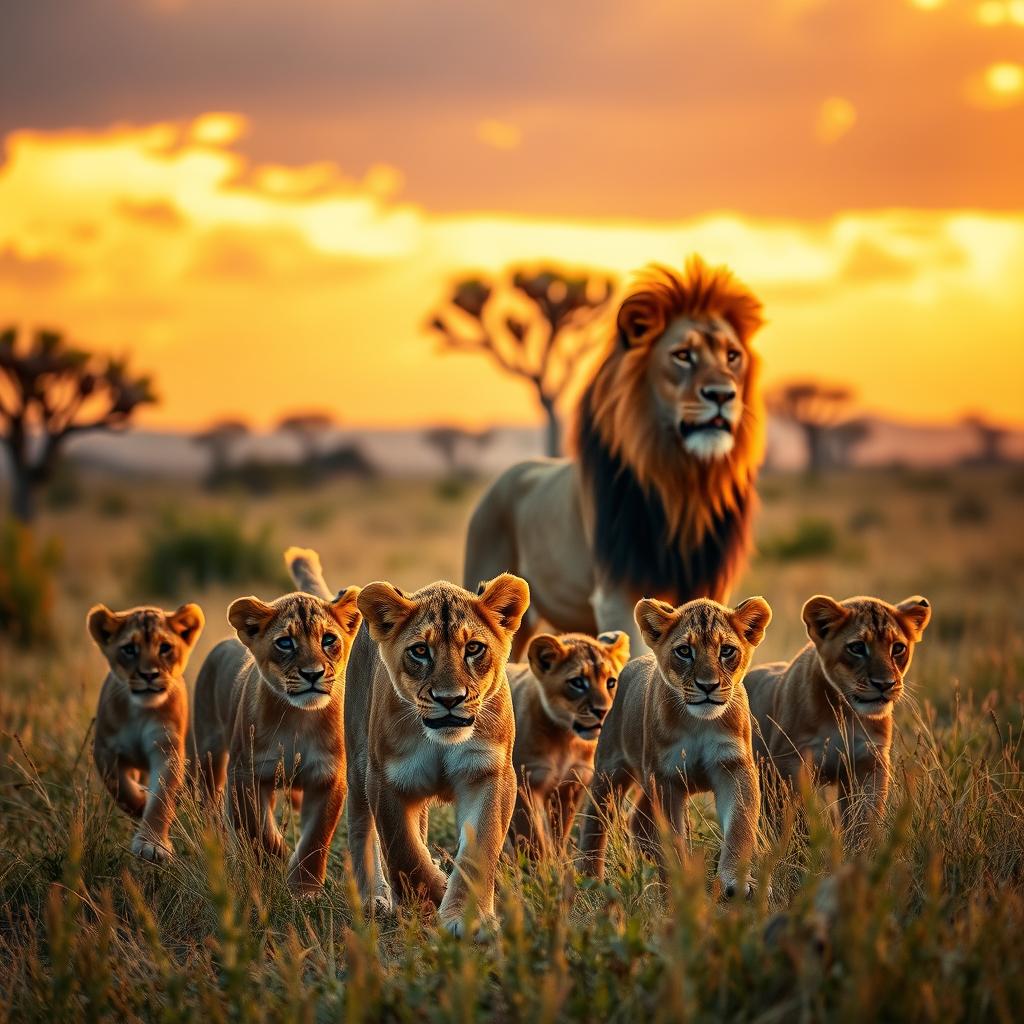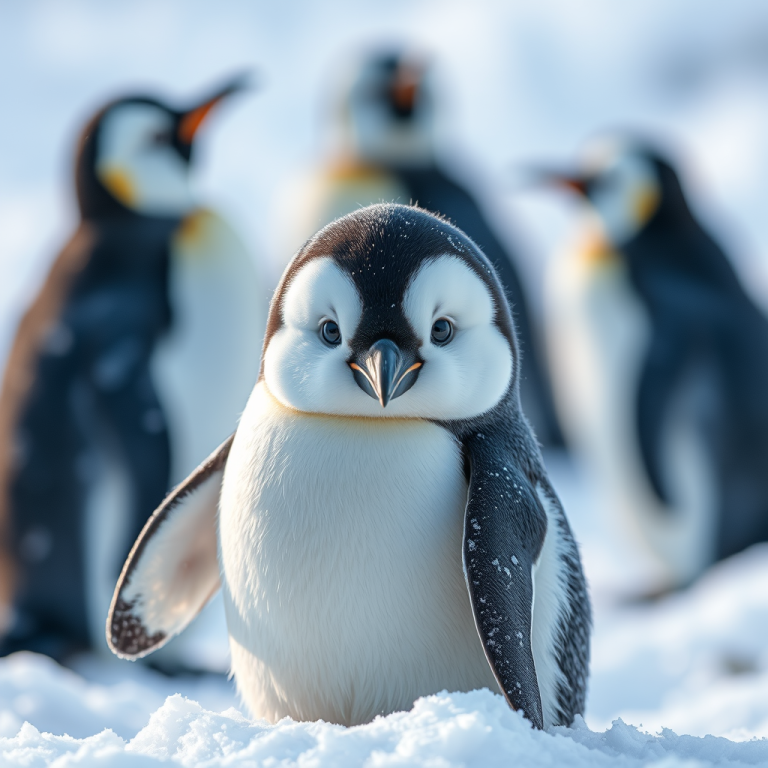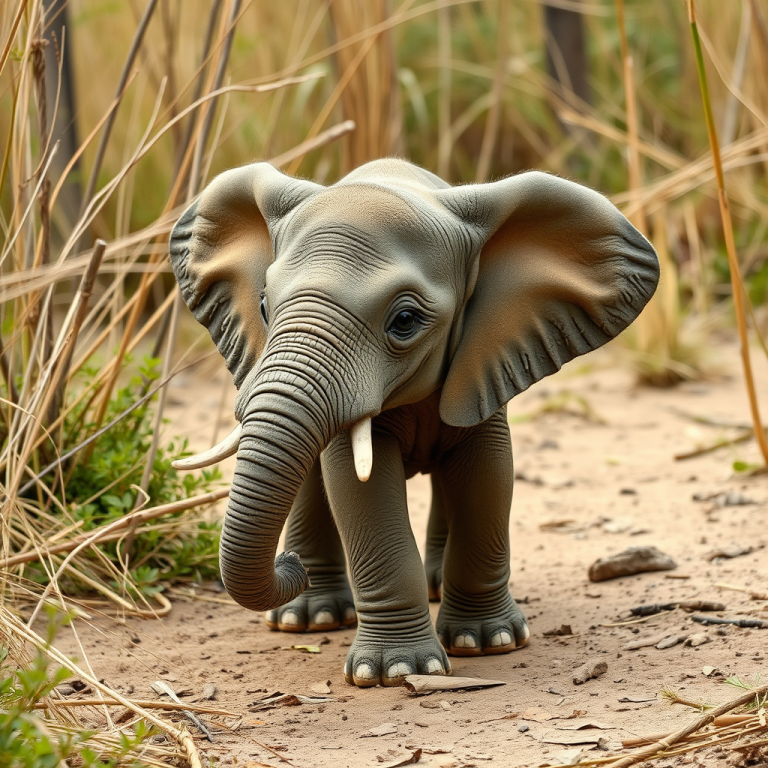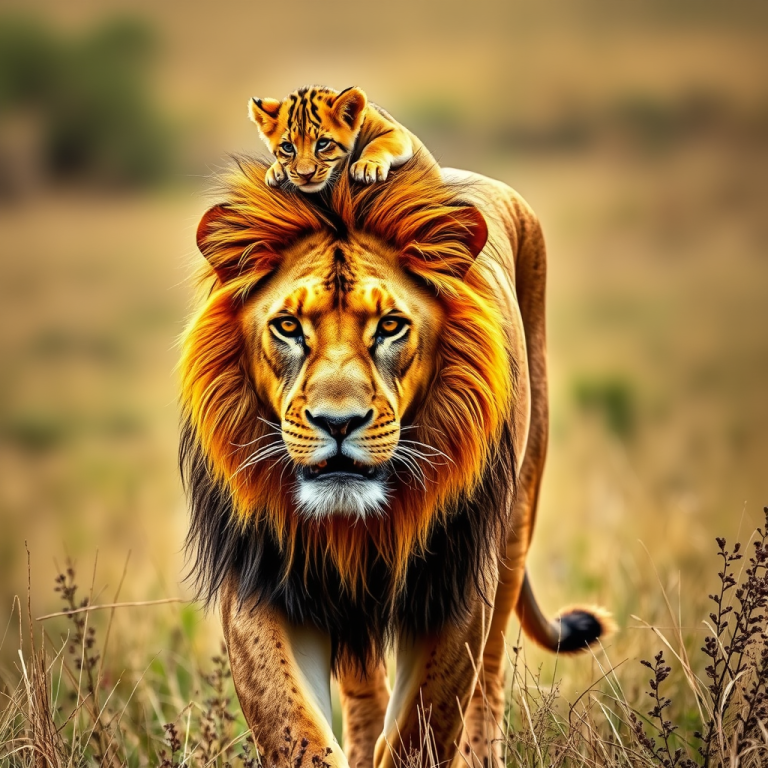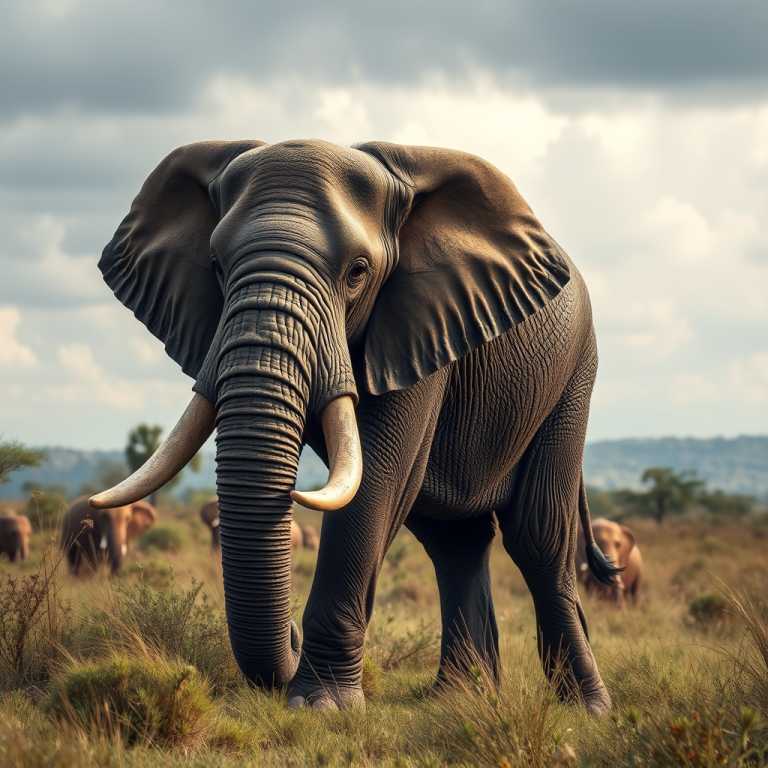Inside the Lion’s Pride: A Look at Their Social World
Lions are the only big cats that live in social groups, known as prides. These prides are more than just gatherings—they are sophisticated, close-knit communities with complex relationships and roles. Understanding how a lion pride functions offers a fascinating glimpse into the intricate social lives of these powerful animals and shows why their survival in the wild depends so much on cooperation.
The Core of the Pride: Female Lions
At the heart of every lion pride are the females. Lionesses are the cornerstone of pride life, forming strong familial bonds. Most lion prides are made up of closely related females—mothers, daughters, and sisters—who work together for survival. These females hunt, share food, care for the young, and protect their territory.
The lionesses’ cooperation is what makes the pride successful. They hunt in teams to take down large prey, like antelope or buffalo. Because they hunt together, they can coordinate efforts, ambush prey, and even help injured members. Their roles as nurturers and protectors are crucial for the pride’s survival, and without their dedication, the pride would struggle to thrive in the wild.
The Role of Male Lions
Male lions play a different but essential role in the pride. They are usually the protectors of the pride and its territory. Male lions form coalitions, often with their brothers, and together they work to defend the pride from outside males and other threats. While lionesses do the majority of the hunting, males contribute by keeping intruders at bay.
The presence of male lions in the pride also helps ensure the genetic strength of future generations. When a new male takes over a pride, he typically drives out the old male(s) and mates with the lionesses, leading to the birth of his cubs. However, male lions may not stay with the pride for life. Their time as the dominant male often ends when younger males challenge them. Once this happens, they either leave or are driven out.
Cubs: The Future of the Pride
Lion cubs are an integral part of the pride’s future, but they face significant challenges. Cubs are born blind and helpless, depending on the lionesses to feed and protect them. While mothers are primarily responsible for their own cubs, all the females in the pride help care for the young. This communal care system ensures that the cubs have a better chance of survival. In the wild, where threats from predators and starvation are common, this system of shared responsibility is essential.
Cubs are born with a playful nature and spend the first few months learning from their mothers and aunts. They observe the older lionesses and begin to learn how to hunt, although the younger lions won’t participate in actual hunting until they are older. Cubs also begin to learn the social dynamics of the pride, understanding who is in charge and how they must behave to fit into the pride’s hierarchy.
Unfortunately, not all cubs make it to adulthood. Male lions, in particular, can be a threat to young cubs. When a new male takes over a pride, he may kill the existing cubs to bring the females into estrus so he can sire his own offspring.
The Importance of Pride Dynamics
The social structure within a pride is crucial to the success of the group. Each lion has its role, from the protectors to the caregivers to the hunters. This cooperative lifestyle allows the pride to live in harmony, ensuring that the pride members work together to share resources, hunt effectively, and protect their territory.
Pride territories are fiercely defended and can range over large areas depending on the availability of resources like food and water. A pride’s territory serves as their home base and also provides a safe haven from predators, including rival prides and other dangerous animals like hyenas. Lions use scent marking, roaring, and patrols to protect their territory. When two prides meet, aggressive confrontations may happen, but they often avoid direct conflict by marking boundaries and showing dominance through roaring or posturing.
The pride also functions as a support system. When a lion gets injured, other members of the pride will help care for them, allowing them to heal and continue their role in the pride. The social bonds within a pride are not just about survival—they also provide emotional support, which strengthens the group as a whole.
Gender Roles and Social Hierarchy
Social hierarchy in a pride is often based on age, size, and experience, with older lionesses often holding higher positions. However, unlike in many other animal societies, lionesses in a pride can work together in equal roles. Males, in contrast, typically hold authority for as long as they are dominant, but once they are replaced, they lose their influence.
There’s a certain fluidity in the roles lions play within a pride. For example, in some cases, younger males might learn the ropes of dominance by taking on lower status roles within the pride or forming temporary alliances with other males. On the other hand, lionesses remain relatively equal in their roles, sharing hunting duties and protecting the pride from danger.
If you’re curious about the wonders of wildlife, stick around—there’s a whole world to explore at Wonder of Wild.
